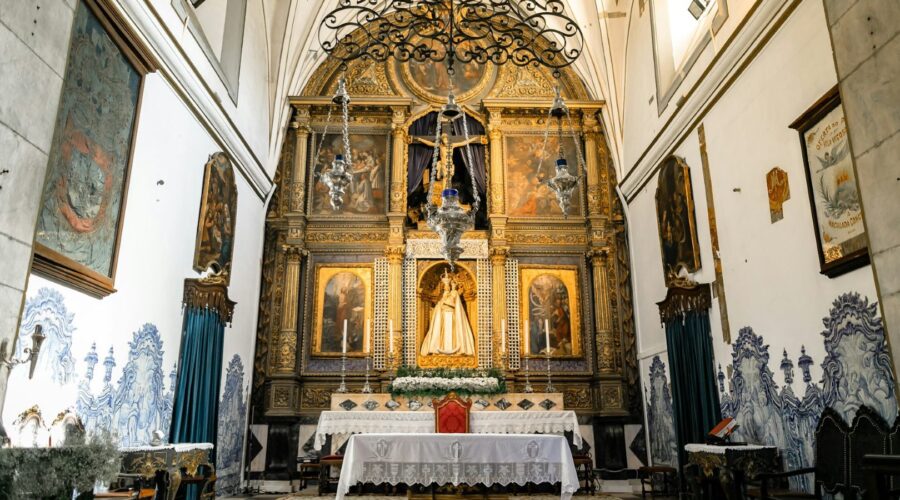Your cart is currently empty!
Unveiling the Significance of Resurrection Church: A Comprehensive Exploration

The Resurrection Church, an integral part of Christian history, holds a profound meaning for believers around the world. This dedicated sanctuary serves as a testament to the central tenet of Christianity: the resurrection of Jesus Christ. In this comprehensive guide, we will delve into the significance of Resurrection Church, exploring its historical context, architectural features, and spiritual significance.
Historical Context
The Resurrection of Jesus Christ
The Resurrection Church finds its roots in the resurrection of Jesus Christ, the cornerstone of the Christian faith. According to the New Testament, after Christ’s crucifixion, he rose from the dead on the third day, fulfilling biblical prophecies and establishing the foundation for the Christian belief in eternal life.
Early Christian Churches
In the early days of Christianity, believers gathered in homes or secret meeting places. As the religion spread, Christian communities began to construct dedicated churches, often modeled after Roman basilicas. These churches served as centers of worship, fellowship, and instruction.
Architectural Features
Basilica Design
Many Resurrection Churches were built in the basilica style, a rectangular structure with a central nave flanked by side aisles. This design allowed for large congregations and provided a sense of grandeur. The sanctuary was typically located at the far end of the nave, housing the altar and other sacred objects.
Symbolism and Decoration
Resurrection Churches often incorporated symbolic elements into their architecture. The cross, representing the crucifixion and resurrection of Christ, was a common motif. The walls and ceilings were often adorned with frescoes or mosaics depicting biblical scenes, such as the resurrection or the Ascension.
Spiritual Significance
Central to Christian Belief
The Resurrection Church occupies a central place in Christian belief. It symbolizes the victory over death and the promise of eternal life. Worship in these churches affirms the resurrection of Jesus Christ and its transformative power for believers.
Sacraments and Liturgical Practices
Resurrection Churches are used for a variety of sacraments and liturgical practices. These include baptism, communion, and confirmation. The liturgy and rituals within these churches are designed to commemorate the life and resurrection of Jesus and to foster a sense of community among believers.
Pilgrimage and Veneration
Some Resurrection Churches have become significant pilgrimage destinations. Believers from all over the world visit these churches to pray, seek inspiration, and experience the sacredness associated with the resurrection of Jesus. These churches often house relics or artifacts believed to be associated with Christ.
Modern-Day Resurrection Churches
Contemporary Architecture
Modern-day Resurrection Churches continue to be built, though they may deviate from the traditional basilica design. Contemporary churches often incorporate innovative architectural styles, such as curved walls, natural light, and modern materials. These designs aim to create inspiring and functional spaces for worship.
Focus on Worship and Community
While architectural styles may evolve, the spiritual significance of Resurrection Churches remains constant. These churches continue to be places of worship, fellowship, and spiritual growth. They foster a sense of community among believers and provide a space for personal reflection and renewal.
| Key Features | Description |
|---|---|
| Architectural Style | Usually built in the basilica style, with a central nave and side aisles |
| Symbolism | Cross, biblical scenes, and other symbols of resurrection |
| Spiritual Significance | Central to Christian belief, representing victory over death and eternal life |
| Sacraments and Liturgy | Used for baptism, communion, confirmation, and other liturgical practices |
| Pilgrimage and Veneration | Some churches are pilgrimage destinations, housing relics or artifacts |
Conclusion
The Resurrection Church is a significant and enduring symbol of the Christian faith. Its historical roots, architectural features, and spiritual significance have made it a central part of Christian worship and devotion. Through its sacraments, liturgy, and pilgrimage practices, Resurrection Churches continue to foster a sense of community and provide believers with a tangible reminder of the transformative power of the resurrection.